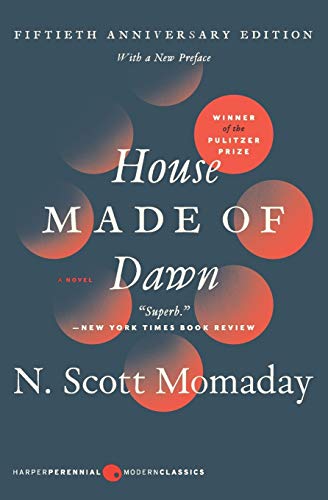Happy Summer Solstice! I’m sure most of you know that the Summer Solstice is the longest day of the year when the Sun reaches its highest point in the sky. For the purposes of this blog post, I’ll offer some interpretive insights as to how you might act on this yearly phenomenon. But briefly, I must talk a little bit about the mechanics and Norse mythology of the Summer Solstice. Simply put, the Summer Solstice is the longest day of the year in the Northern Hemisphere when there is the most light. However, the solstice is simultaneously the beginning in the decline in the amount of light and the lowering of the Sun’s height in the sky along with being the “high point” of the year in terms of light and height. If you look at the image above, it depicts the death of Baldr, Norse god of light, by Hodr, Norse god of darkness who’s literally guided by Loki, god of mischief, to wield a spear made of mistletoe, the symbol of the winter solstice (Hodr is blind and needs help to commit the murder). There’s much more to the myth, which is easily looked up, but the main point is the celebrated high point of the Summer Solstice must invariably begin turning to darkness and ultimately reach its metaphoric nadir on the Winter Solstice. This makes easy literal sense as the aforementioned mistletoe is the symbol of the Winter Solstice, so by killing Baldr’s “light” with winter’s mistletoe, Hodr’s “darkness” can begin to emerge. This myth was important in Norse mythology because in the higher latitudes where these stories were developed, the warmer months were more easily handled than the winter months .
I write this because there is all too often the temptation to hold onto a “high” and resist letting go towards an inevitable decline. In fact, the basic rise, culmination, and setting of the daily motion of the planetary bodies symbolize this. Whenever a planet reaches its highest point, the meridian, it must fall. So, back to the question that is most relevant to you—what should you do? Funny enough, I recommend looking back to May 2021 around the 8th and the 9th. This can give you a clue as to what might have cracked and caused a death of sorts. This can indicate something you might have been trying to hold onto that needed to go. For those who know astrology, this is because Mercury (the trickster god who is like Loki who can cause the trouble) is now at that same degree (7 Gemini) on this Summer Solstice. For me personally at that time, I was on a kind of working vacation where I was studying for an astrology course I was enrolled in. It was challenging, but worth it. However, I’m now more focused on applied astrology rather than theory. This leaves me more time to help you! So feel free to click the link below and book your astrology reading. Happy Summer Solstice, and as you’re celebrating, don’t be afraid to let go of the light. Remember, as the great writer Ursula K. Le Guin once wrote in the opening pages of A Wizard of Earthsea (available for purchase below), “only in dark the light”. Thanks for reading, and for your support. Your tips and wishes (make a wish for yourself below) help keep all this going.


















